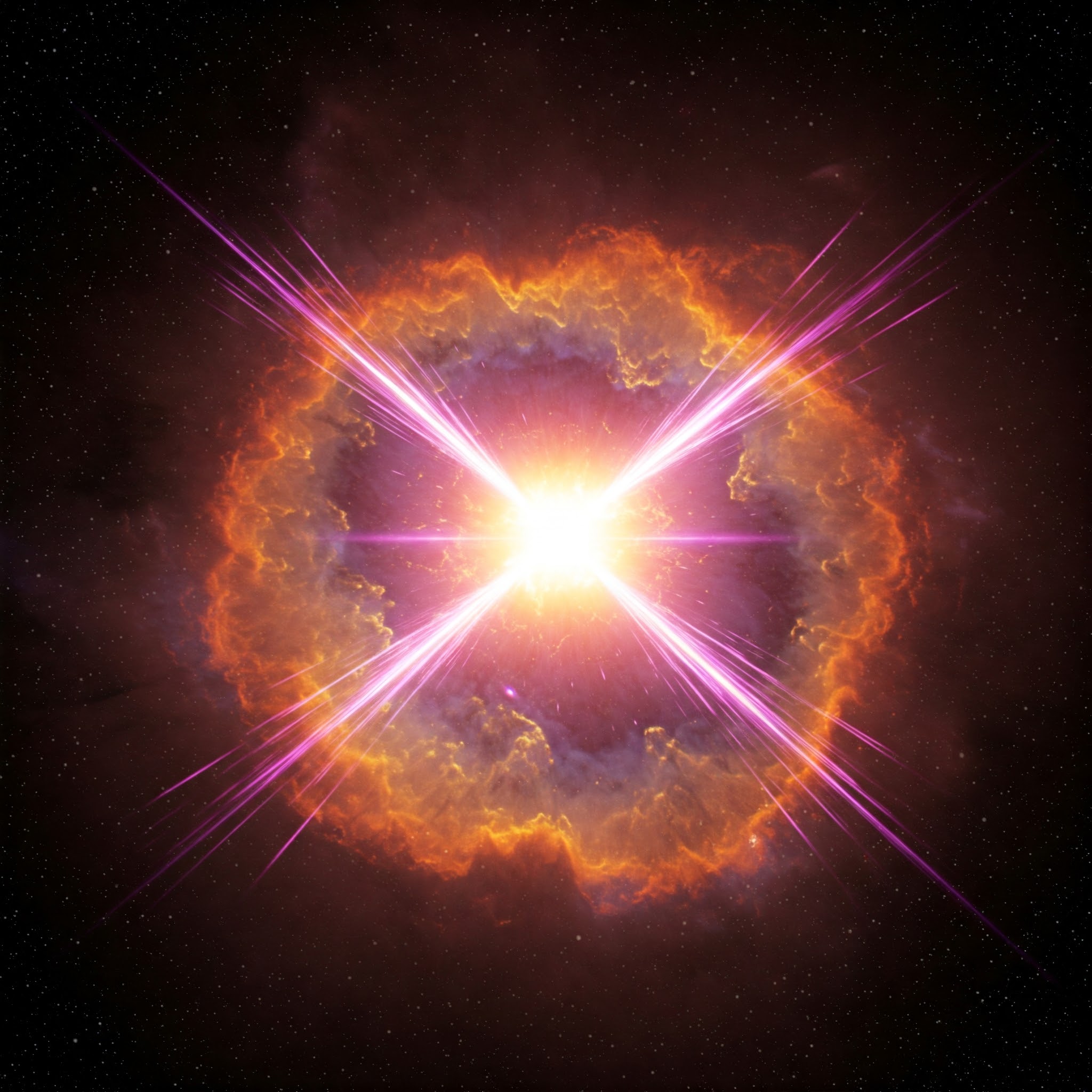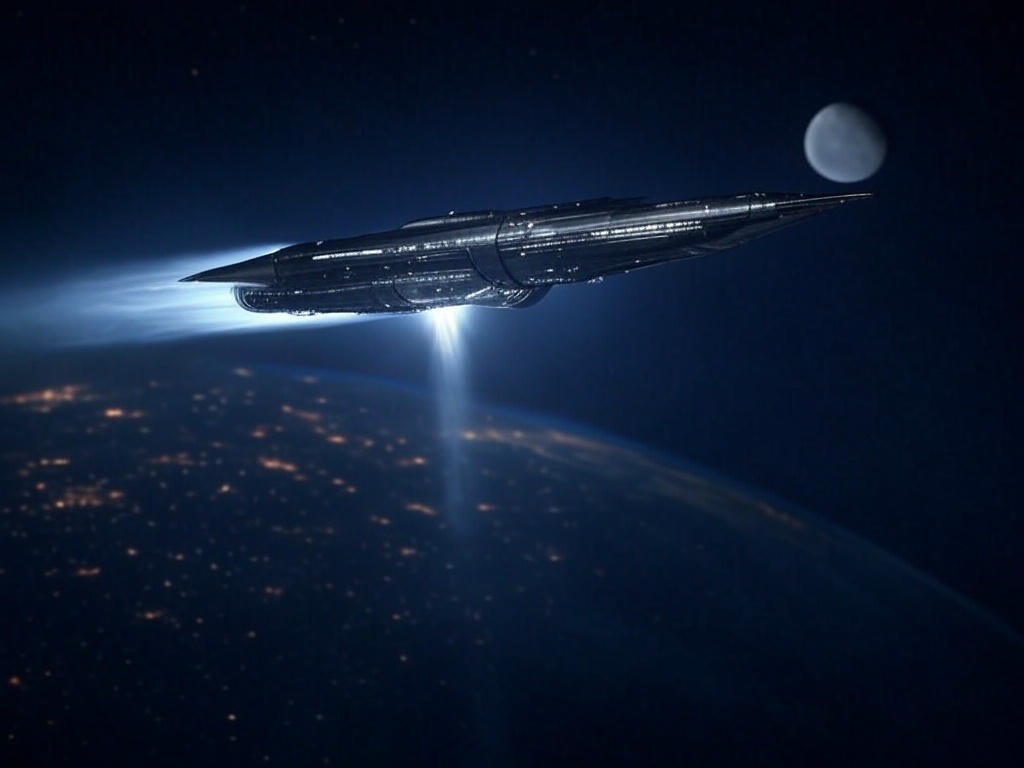The James Webb Space Telescope (JWST) continues to dazzle astronomers and space enthusiasts alike. In its most recent discovery, JWST captured detailed images of a young protostar forming within a dense molecular cloud in the Orion Nebula. This star, still in its earliest stages of development, provides rare insight into how stars like our Sun come into existence.

The high-resolution image shows powerful jets of gas streaming out from the poles of the infant star, creating shockwaves in the surrounding dust and gas. These features, often called Herbig-Haro objects, are signs of rapid growth and activity. What makes this observation groundbreaking is the clarity with which JWST can capture these processes, thanks to its ability to see in the infrared spectrum, which cuts through the thick cosmic dust.
This discovery is not only visually stunning but scientifically vital. Studying young stars in their infancy allows astronomers to test and refine theories about stellar evolution, planetary formation, and the potential for life-sustaining environments elsewhere in the universe. The more we understand about star birth, the better we can grasp the origins of our own solar system.
As JWST continues its mission, scientists anticipate more revolutionary findings that could change our understanding of the universe. Each new image deepens humanity’s appreciation for the beauty and complexity of space, while also reminding us of how much more there is to discover.


